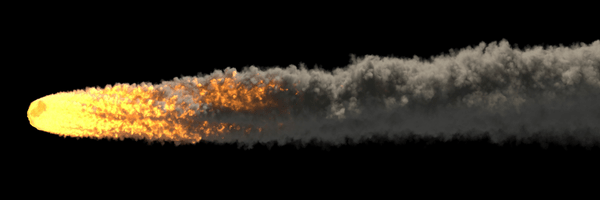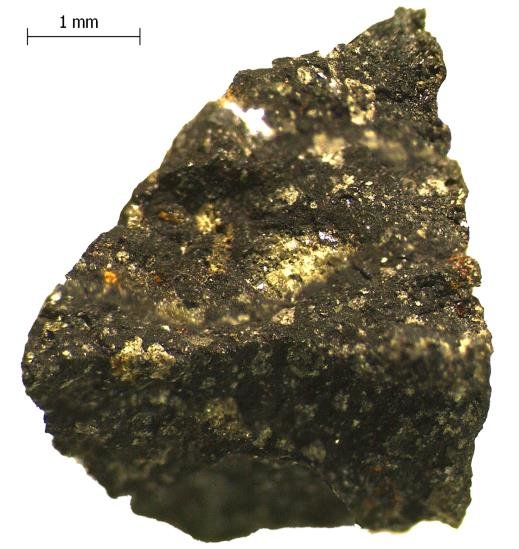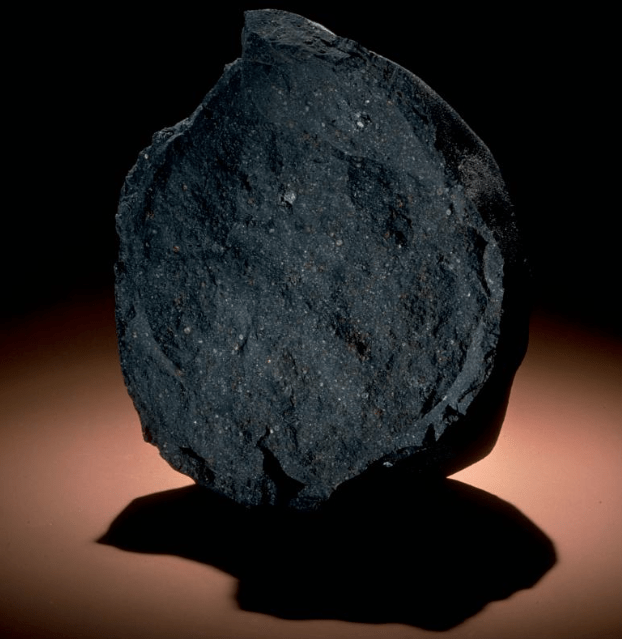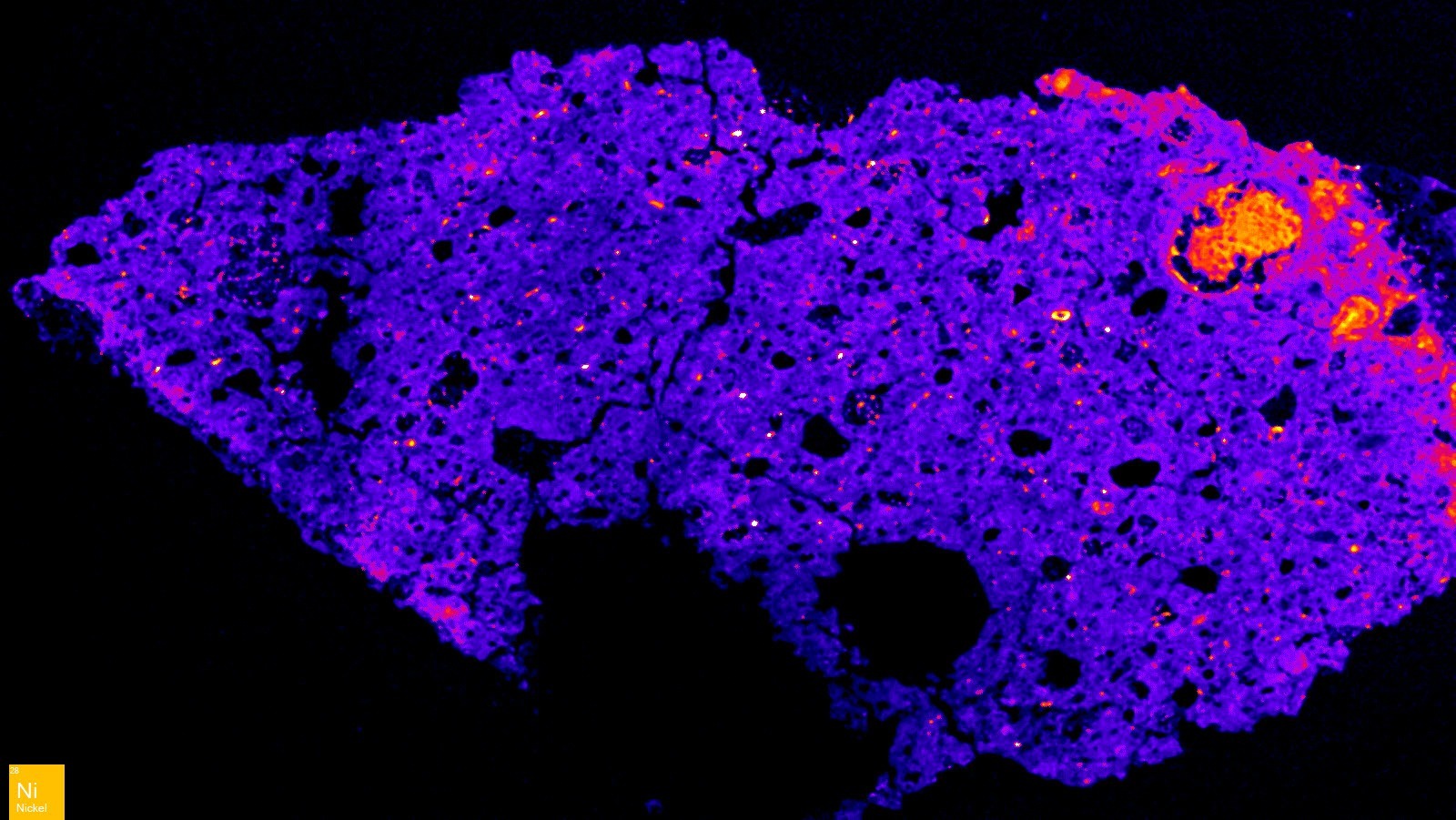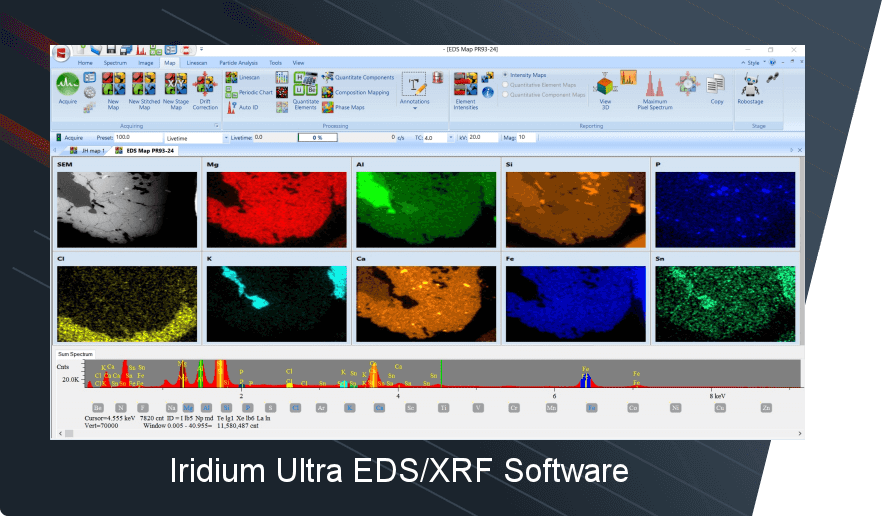In the quest to unravel the mysteries of our solar system and beyond, meteorites serve as tangible records of cosmic phenomena. These extraterrestrial visitors carry within them the secrets of the universe’s distant past, offering insights into the formation of planets, the nature of early solar system materials, and the processes that shaped our cosmic neighborhood. One of the most groundbreaking techniques that have propelled our understanding of these celestial objects is high spatial resolution laboratory microX-ray fluorescence (microXRF) analysis. This method has proven invaluable in the detailed study of meteorites, allowing scientists to peer into these space rocks’ elemental composition and heterogeneity with unprecedented clarity.
The Power of High Spatial Resolution MicroXRF
MicroXRF stands out for its nondestructive nature and ability to map the distribution of elements across the surface of a sample with high spatial resolution. This technique illuminates the sample with X-rays, which interact with the atoms within the meteorite, causing them to emit secondary X-rays characteristic of their elemental composition. By analyzing these emissions, scientists can identify the elements present and their concentrations, creating a detailed elemental map of the meteorite’s surface.
The high spatial resolution of laboratory microXRF systems, like the Atlas M from IXRF Systems, which is capable of resolving features down to a few micrometers, is particularly crucial. This level of detail allows researchers to study the fine-scale mineralogy of meteorites, revealing the distribution of trace elements and isotopic variations that are key to understanding the conditions under which these rocks formed and evolved. Such detailed analyses can shed light on the thermal histories of parent bodies, the presence of water and organic compounds, and the processes of planetary differentiation.
Case Study: The Murchison Meteorite
A quintessential example of the application of microXRF in meteorite research is the study of the Murchison meteorite. This carbonaceous chondrite fell to Earth in Australia in 1969 and has since been a focal point of astrobiological and cosmochemical research. The Murchison meteorite is renowned for its rich organic content, including amino acids, which are the building blocks of life, underscoring the meteorite’s significance in studies related to the origin of life on Earth and possibly other planets.
Figure 1: Image of the Murchison meteorite. Photograph from the Smithsonian National Museum of Natural History.
MicroXRF Analysis of Murchison
MicroXRF analysis of the Murchison meteorite has provided extraordinary insights into its composition and structure. For instance, elemental mapping has revealed the heterogeneous distribution of magnesium, iron, sulfur, and calcium, among other elements, within its matrix. Such analyses have identified distinct mineral phases and have contributed to understanding the meteorite’s aqueous alteration history and thermal metamorphism. Furthermore, the detection of rare elements and their associations with organic compounds in the Murchison meteorite has profound implications for our understanding of the prebiotic chemistry that might have been common in the early solar system.
Figure 2: Element maps of a thin section of the Murchinson meteorite displayed in the following order of elements: Mg, Al, Si, S, K, Ca, Ti, V, Cr, Mn, Fe, Ni, and Zn. This sample was acquired on the Atlas X using a 7 μm pixel size, 50 kV, 1000 μA, 130 mSec point dwell, with a vacuum atmosphere.
Figure 3: Select element maps of the same Murchinson meteorite sample displayed above using plasma heat maps in the following order of elements: Zn, Cr, Fe, Ni, Ti, and V.
The Importance of Murchison
The Murchison meteorite holds a special place in the study of meteorites and astrobiology. Its analysis not only offers a glimpse into the chemical processes that took place in the early solar system but also supports the hypothesis that organic compounds, crucial for the development of life, could have been delivered to Earth via meteoritic and cometary bodies. The findings derived from microXRF studies of the Murchison meteorite and others like it are essential for piecing together the complex puzzle of our cosmic origins.
Figure 4: Select element overlay maps of the same Murchinson meteorite sample displayed above in the following order of elements: S & Ti; Ni &Cr; Fe & Ca; Si, Mg, & Al.
Conclusion
Using high spatial resolution lab-based microXRF to analyze meteorites like Murchison opens new avenues for understanding our place in the universe. MicroXRF provides a window into the processes that shaped our solar system by revealing the elemental and mineralogical complexity of these ancient rocks. As technology advances and our analytical techniques become even more refined, we can expect to uncover further secrets held by these carriers of cosmic history, continuing to enrich our knowledge of the universe and our origins within it.
Unlock the Secrets of the Cosmos with IXRF Systems
Curious about the universe and the role of meteorites in our solar system’s story? IXRF Systems is here to support your journey into the mysteries of space through the lens of high spatial resolution microXRF technology. Our tools are designed to reveal the detailed elemental compositions of meteorites, providing insights into their origins and the processes they’ve undergone.
Whether you’re conducting research or simply passionate about astrochemistry, IXRF Systems offers the means to explore these questions further. Our microXRF technology facilitates a deeper understanding of meteorites, enabling you to uncover the elemental and mineralogical details that lie within.
If you’re ready to explore the elemental signatures of the cosmos contained within meteorites, we’re here to help. Contact IXRF Systems to learn more about how our microXRF technology can assist in your research or interest in space science. Let’s explore the mysteries of the universe together.
IXRF Systems is a leading provider of X-ray fluorescence instrumentation. With our advanced analytical solutions, we are committed to supporting research, quality control, and educational endeavors across various industries.
